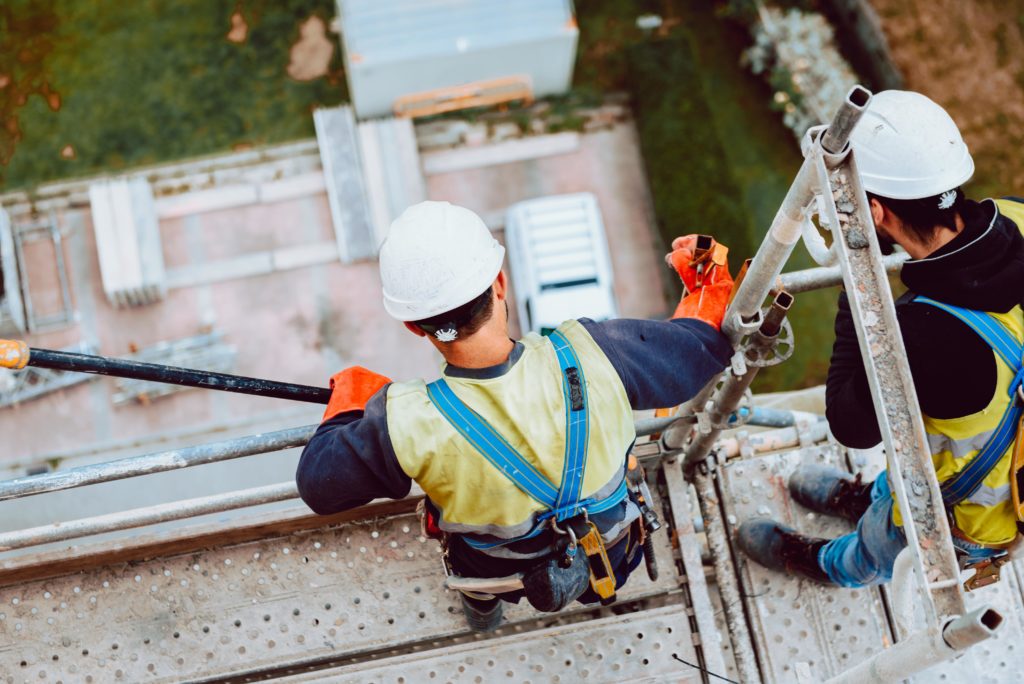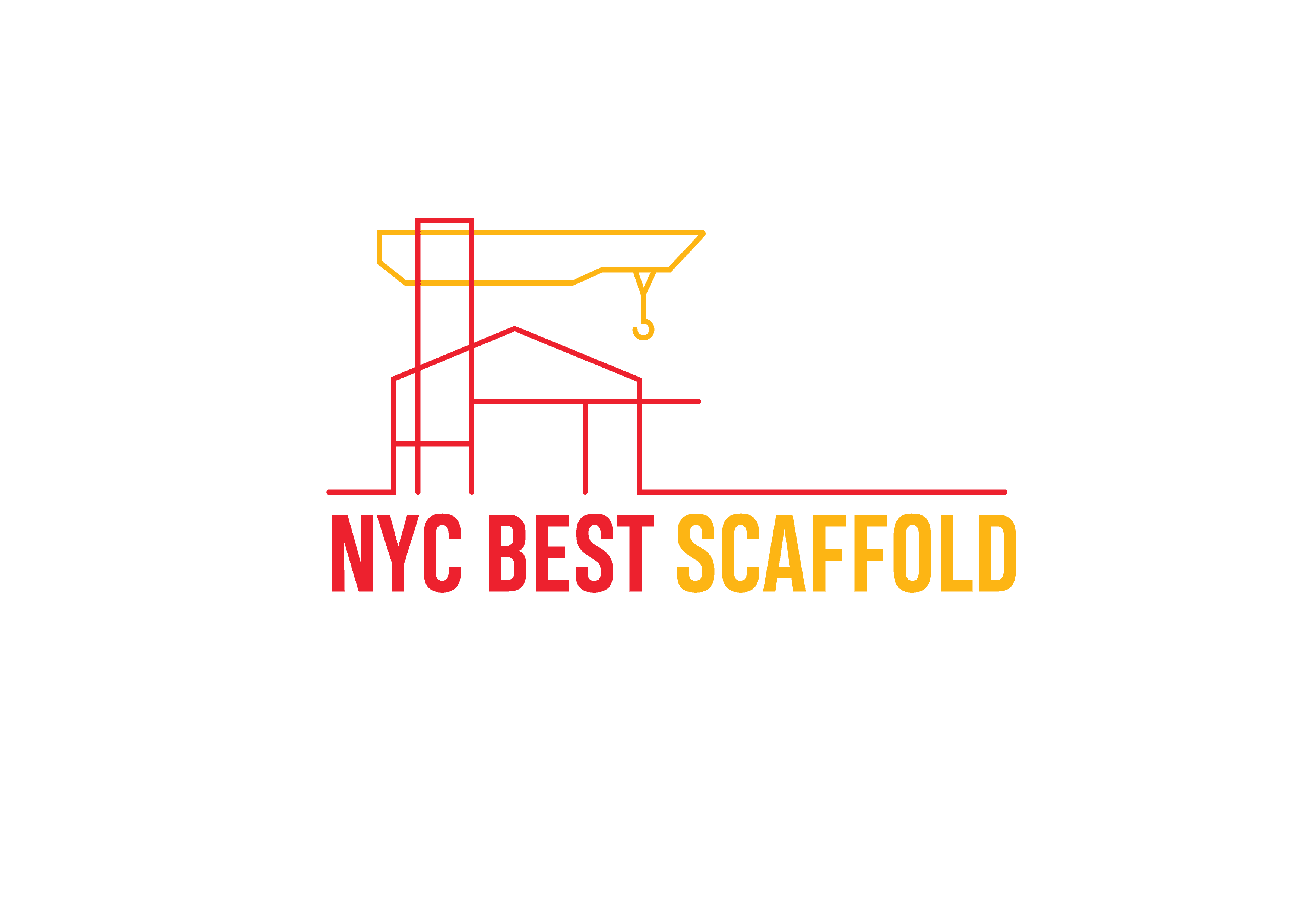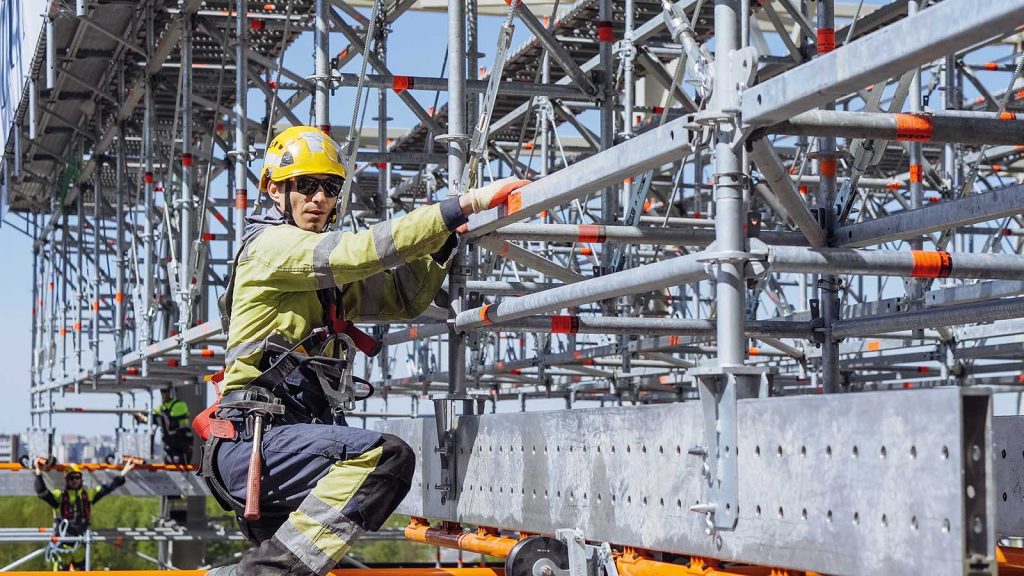Scaffold NYC Securing worker safety on any construction project is of utmost importance. Especially with scaffolding being integral in accessing elevated work areas. But can present serious hazards if it’s not assessed and managed effectively. Therefore, an in-depth risk evaluation process must be implemented in order to mitigate hazards and ensure workers remain. Free from harm – in this blog post we outline a seven-step Scaffold NYC risk evaluation approach and give insights. Into each stage for creating a safe working environment.
Step 1: Identification of Area and Activities
Before any Scaffolding towers and ladders installation takes place. It rental scaffolding yonkers is imperative to first identify work areas, activities and responsibilities of all involved workers. NYC Scaffolding This step involves considering various conditions like weather and site layout as well as access points. Doing this helps identify any potential dangers more quickly and address them immediately.
Step 2: Locating Hazards:
Scaffolding Companies Once work areas and activities have been set in motion. The next step should be identifying potential Scaffold NYC related risks. Hazards associated with scaffolding depend on factors like its height. Load-bearing capacity and environmental conditions – potential falls from height, structural instability, falling objects as well as electrical hazards may all present risks that must be Scaffolding Companies identified through careful investigation of both site and scaffolding structure inspection.
Step 3: Assessing Hazards:
Once hazards have been identified, rental scaffolding the third step should be assessing their severity and probability of occurrence. This evaluation requires considering factors like Prime Scaffold frequency of exposure. Scaffold yonkers potential consequences and existing control measures as well as available preventative strategies such as risk matrices or identification checklists in systematically prioritizing each threat according to risk levels.
Step 4: Deciding Protective Measures:
Scaffolding NYC Once hazards have been assessed. The next step should be identifying appropriate protective measures to mitigate risks and ensure employee safety. For Scaffold NYC work sites specifically. Prevention of falls should be a top priority and protection measures may include installing guardrails, toe boards, safety nets or providing personal protective equipment (PPE), scaffold yonkers such as harnesses or lanyards as part of PPE provision. Scaffolding NYC In addition to that, rental scaffolding yonkers measures to address other identified dangers should also be implemented, including measures that secure tools or materials against falling objects falling onto workers’ skin or over their heads when on-site work should also be put into practice.
Step 5: Implementation and Documentation of Protective Measures:
Once protective measures have been determined, they should be implemented quickly and documented promptly. Scaffolding NYC This may entail installing all equipment correctly before training workers on how to use them correctly; also documenting safety inspections, equipment maintenance needs and training certifications are advisable as part of documentation processes. Communicating safety procedures across workers ensures compliance and reduces accident risks.

Step 6: Regular Monitoring of Protective Measures:
After putting into action protective measures, it’s vitally important to regularly assess their efficacy. This involves performing frequent inspections on Scaffold NYC and related safety equipment to detect any defects or deficiencies as well as monitoring work practices and gathering feedback from workers for insights on potential improvements. Any identified problems must be dealt with quickly in order to maintain a safe working environment.
Step 7: Revamp of Risk Assessment on an Annual Basis:
To stay relevant and effective for construction projects as they evolve and conditions change, risk assessments must be reviewed periodically in order to keep pace with changes to work conditions, activities or regulations that might alter them. Scaffolding NYC Doing this ensures the assessment remains relevant in identifying and mitigating potential hazards while remaining up-to-date and comprehensive in its approach to risk evaluation and mitigation. Revisiting risk evaluation allows adjustments to control measures to maintain continued safety measures during project progress and development.
Conclusion:
Scaffold NYC risk evaluation is an integral element in protecting construction workers. By following an organized seven-step approach that includes identifying work areas, assessing hazards, NYC Scaffolding implementing protective measures and regular updates of risk evaluation reports, construction teams can reduce accidents and injuries that might otherwise arise in their work environments. Prioritizing safety at each stage helps preserve workers’ well-being as well as uphold industry standards of excellence – safeguarding both workers’ wellbeing as well as industry excellence standards at once!
Count on NYC Best Scaffold for unmatched expertise and reliability.
NYC Best Scaffold provides top-of-the-line Scaffold NYC solutions tailored to the unique requirements of each project, from risk assessments through installation and ongoing support. Don’t compromise safety on your job site–call our expert team now and speak about NYC Scaffolding what type of solution could work for your construction site!” Don’t delay in reaching out if your construction site requires safeguarding! Get peace of mind today. Contact NYC Best Scaffold. Our professional team offers top-of-the-line solutions tailored specifically for each individual jobsite project! Contact NYC Best Scaffold today so we can discuss what solution can help – don’t risk safety on any construction site!!”

